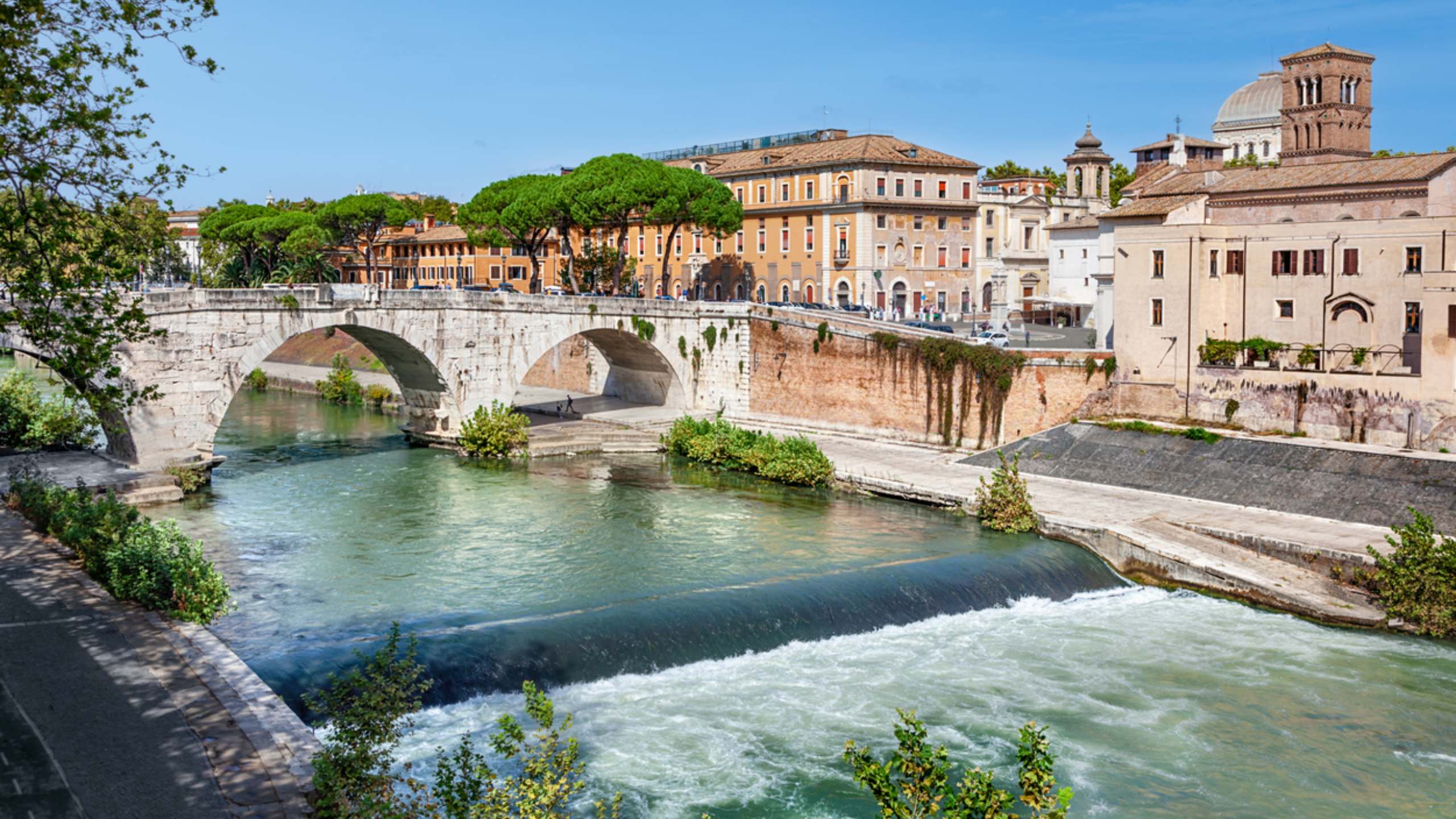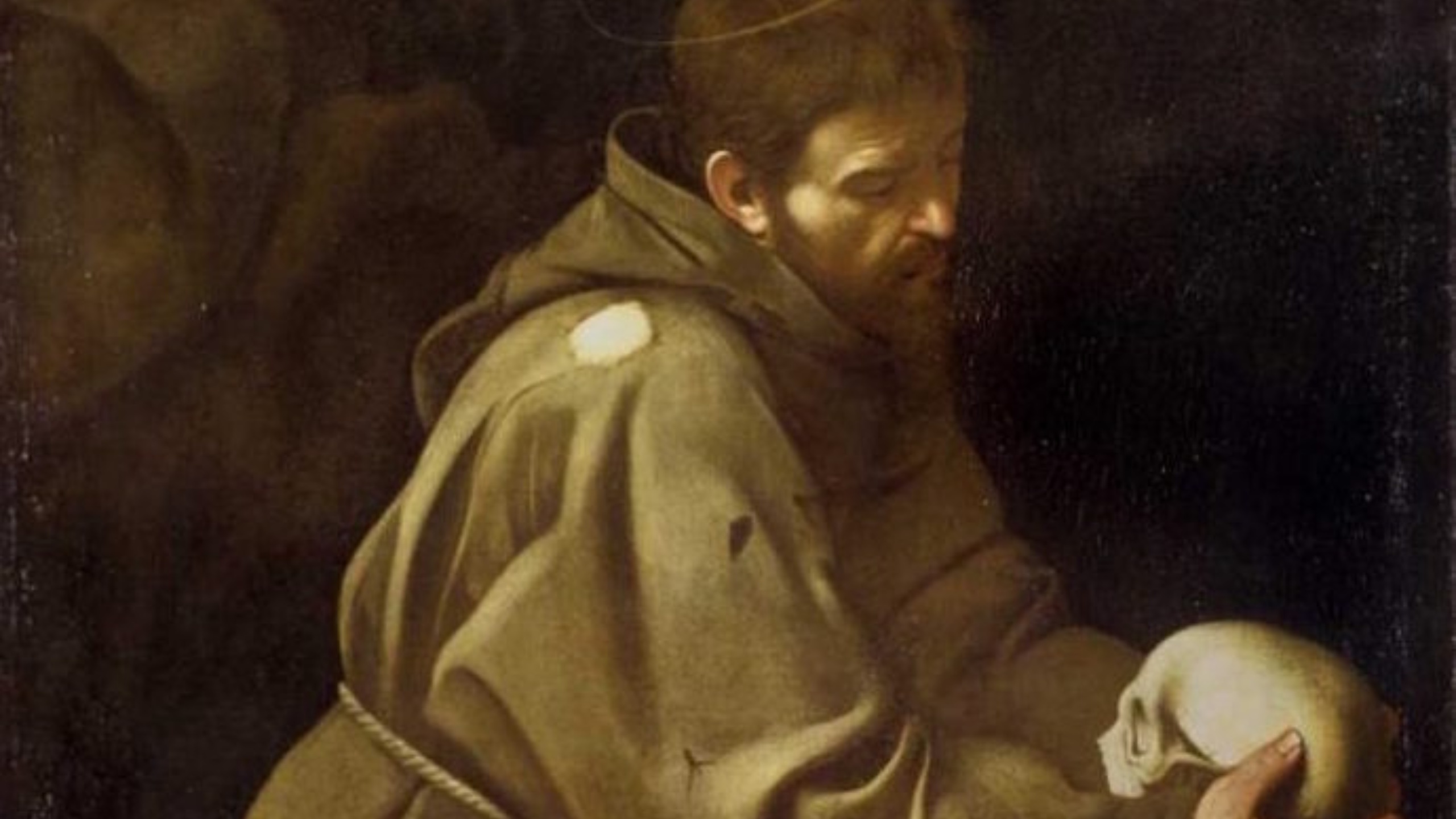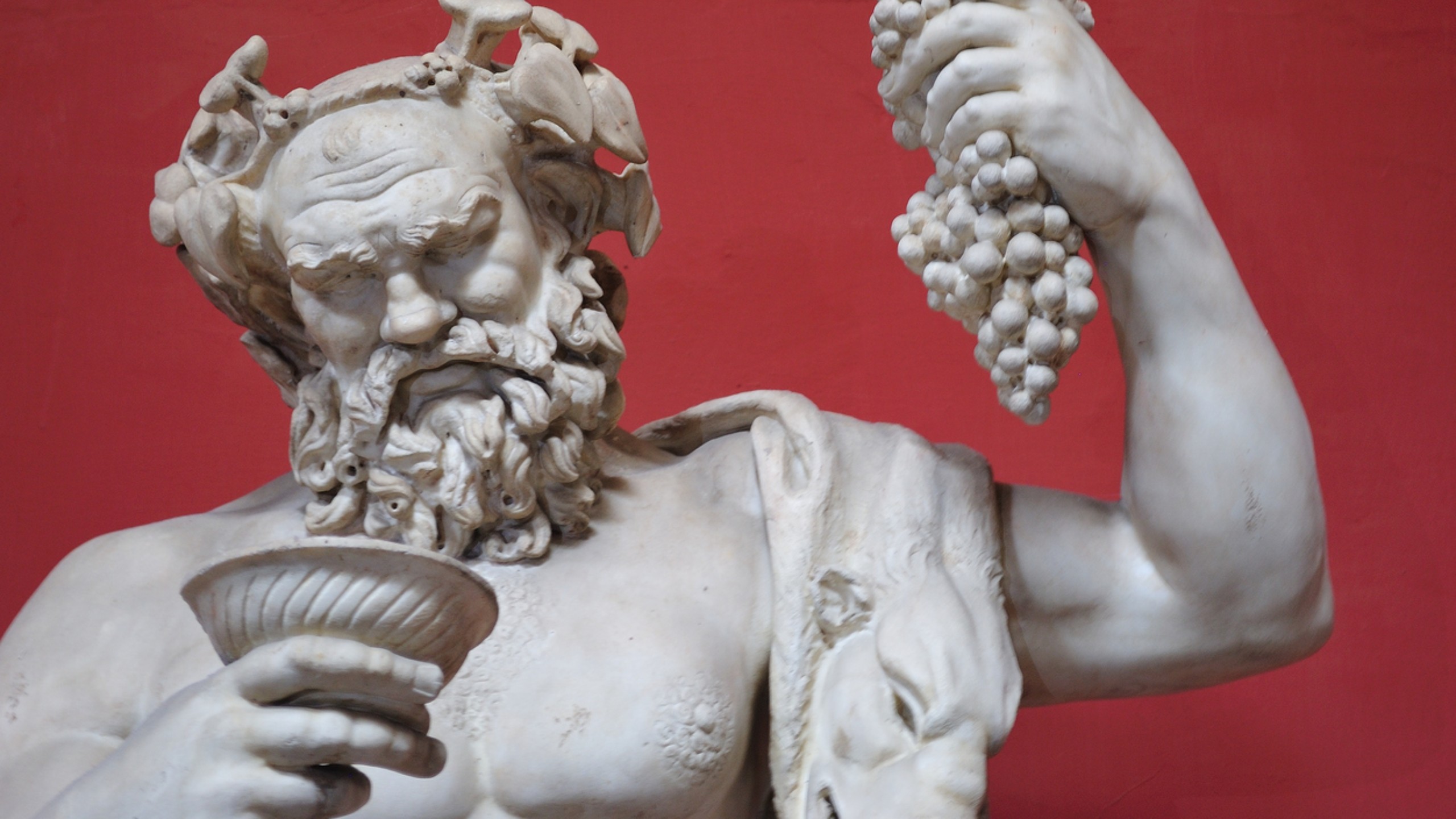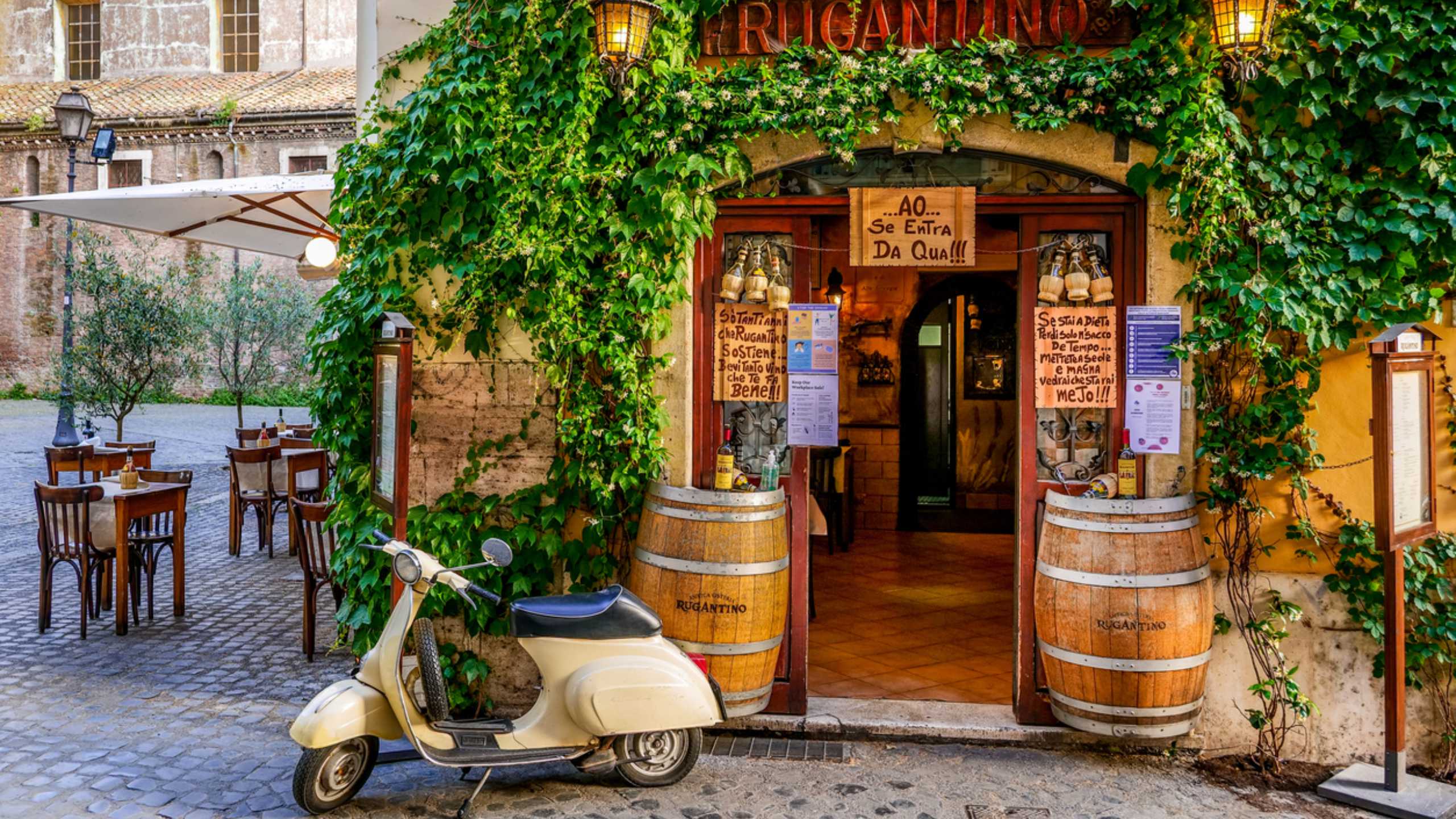Nestled between four collections to discover
Stoping at Eitch Borromini is not just an overnight stay but an experience. An opportunity to “inhabit History” – and, if you read us, you should already sensed it. On these pages we walked together in the footsteps of the two rival geniuses, Bernini and Borromini, did a first tour of the Roman Baroque within walking distace and “poked around” the lights and shadows of the Seventeenth century: now, let’s explore four of the museum collections nearby.
Braschi Building and Barracco Museum
Getting out of Eitch Borromini and entering Navona Square, after a few steps to the right we find the eighteenth-century Braschi Building – since 1952 the seat of ‘Museum of Rome’, recognizable by its suggestive courtyard and monumental staircase attribuited to Giuseppe Valadier. The Museum holds more than a hundred thousand works exhibited in rotation: paintings and sculptures of the artists active in Rome between the Seventeenth and the Twentieth century, drawings, engravings, photographies, furnitures, clothes, ceramics, architectural elements e frescoes - including some terracotta sketches made by Bernini. At the end of the visit – but only after looking out the Braschi windows, for a spectacular view of Navona Square – we cross Vittorio Emanuele Road and here it is, in front of us, the Barracco Museum: a true immersion into the past, to the discovery of more than two hundred sculptures and finds of Assyrian, Egyptian, Phoenician, Etruscan, Greco-Roman and even Cypriot Art. Decorative slabs of Nineveh and Nirmud Palaces, pieces dating back to the oldest Egyptian dynasties, Greek Cypriot rarities and three Palmira slabs, in a visit route that - surprisingly – ends with a much more recent mosaic, coming from the first Saint Peter Basilica.
Rest and refreshment time, thanks to the flavors of the Mediterranean and Roman cuisine, and we are ready to the next visit.
The Napoleonic Museum and the Altemps Building
Returning to Navona Square, in the opposite direction of our first lap we find the Napoleonic Museum – a collection of family memories, donated to the city of Rome by Count Giuseppe Primoli, cousin of Napoleon III. The collection tells the private life of French empire’s founder and is divided into three periods: the rise and domination one, with large canvases and busts of family members; the so called “roman” one, from Napoleon’s fall to Napoleon III’s arrival, and the “second empire” one, with paintings, sculptures, engravings as well as period furniture and objects. In some rooms, eighteenth-century ceilings with painted beams and nineteenth-century friezes along the walls can still be seen.
To end on a high note, another few steps and we arrive at the fifteenth-century Altemps Building that – together with Palazzo Massimo alle Colonne, Crypta Balbi and the Baths of Diocletian – is part of the ‘National Roman Museum’. We are talking about the most important archaeological collection in the world, which houses true masterpieces of ancient sculpture: a visit route through decorate rooms, stairs and corridors, to take us from surprise to surprise. In fact, the Building hosts works from several and prestigious private collections, famous frescoes, archaeological but also sixteenth, seventhteen and modern collections and the ancient engravings and marbles Gallery – including the renowned ‘Ludovisi Throne’ marble triptych, considered similar to the ‘Boston Throne’ today exhibited at the Museum of Fine Arts of the capital of Massachusetts.
Alleys and sudden corners of beauty, tiny churches hiding wonders, walks among small and great masterpieces, little squares and museums: stoping at Eitch Borromini it’s definitely not just an overnight stay.







